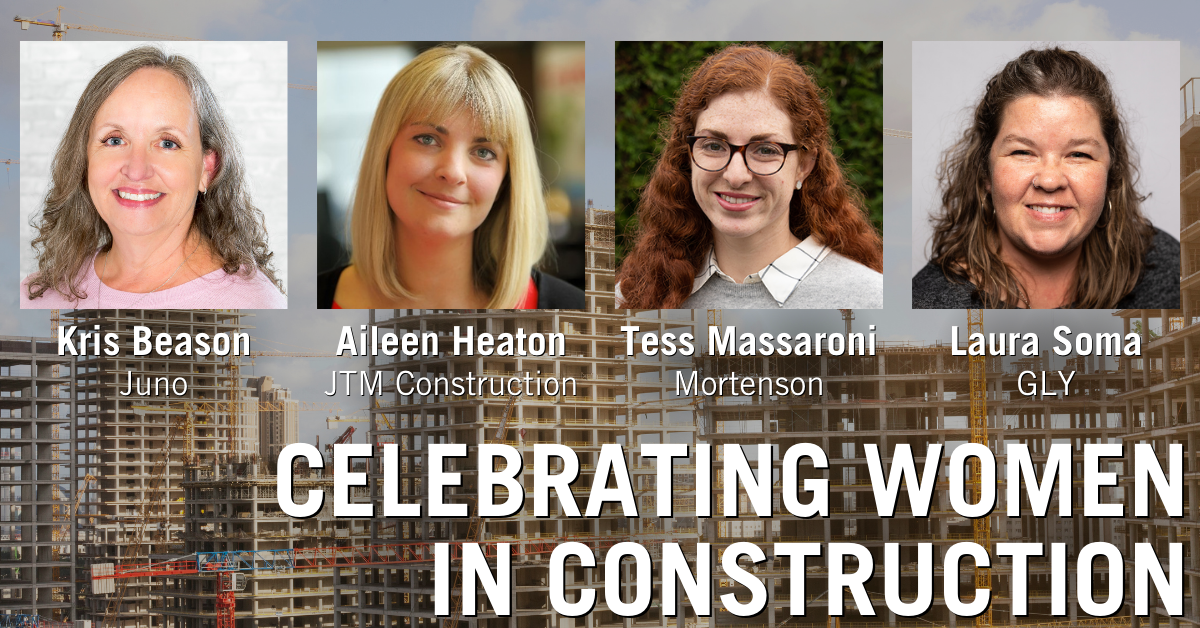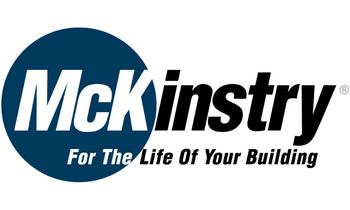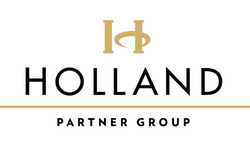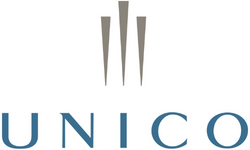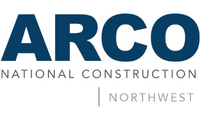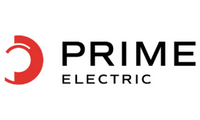NAIOP Washington State is excited to celebrate Women in Construction week. This holiday is linked with the founding of the National Association of Women in Construction (1953) and is observed to appreciate the women who have made huge impacts to the industry.
In the construction industry women, make up less than 11% of the workforce. At NAIOPWA, we are honored to have several of these women in leadership positions on our Board of Directors, on our member committees, and at our member companies. Our Diversity, Equity, and Inclusion Committee took the time to ask four prominent members of our industry to share their journeys and experiences as women in construction:
- Kris Beason, Chief Development & Construction Officer, Juno
- Aileen Heaton, Project Manager & Share Holder, JTM Construction
- Tess Massaroni, Superintendant, Mortenson
- Laura Soma, Sustainability Manager, GLY
Introduction to Construction
When talking about DEI initiatives, pipeline always comes to the forefront of the conversation. How do you encourage women to consider jobs that they aren’t traditionally introduced to? Kris and Laura had early introductions to their career paths. Laura’s mom worked for a civil construction company and would bring her young daughter along for Saturday coffee with the crew. Similarly, Kris followed her mother (a project manager) and aunt’s (a pipefitter) footsteps into industry, and that family tradition is carrying on with her daughter, Katie Beason.
Tess and Aileen were both introduced to the industry through college internships. While in school for architecture, Aileen interned with a construction company where she met amazing mentors who inspired her to shift her plans. She loved walking sites, working with subcontractors and helping owners build what they envisioned. While interning with the group that oversaw all new structures and renovations, Tess found a love for interacting with both the end users as well as the contractors to coordinate work and communicate updates. It was this internship that helped her recognize how much she enjoyed collaborating with the field.
Industry Pride
70% of industry professionals say they would change jobs for work fulfillment. Workplace culture continues to be a dominant factor in retaining good employees, so we asked our leaders what makes them proud to be working in the construction industry today. Those answers included:
- Building relationships at all levels i.e. tenants, owners, architects, engineers, trade partners and suppliers
- Building spaces for future generations
- No two days are alike
- Always learning
- Sense of accomplishment, starting with a drawing and building something meaningful and impactful like offices, schools, and non-profits
- Sense of family each team builds
Project pride comes in different forms and different ways. For Kris, one way is by contributing to the state in a tangible and historic way. She also recognizes that her most memorable projects were also the most challenging; from building a ski lodge at the top of Crystal Mountain (7,000 feet), to building the Bertschi school, which was the first fully certified Living Building (net zero water/power) in the world, to completing 400,000 sf of demo and heavy build out for Safeco/Liberty Mutual in just 12 weeks. Seeing these highly technical projects to completion is one of the reasons she continues to excel in the industry.
Team pride is what motivates Tess: “I love to be part of a team that comes together in a coordinated way to execute work. I’ve had the opportunity to work on some really cool big projects – Fiserv Forum (Milwaukee Bucks) and Climate Pledge Arena (Seattle Kraken) – which have not only tested my abilities to problem solve, but also to develop strong, trusting relationships with those teams. Completing those projects not only gave me a tangible product to be proud of, but also left lasting connections with some incredible folks along the way”
Managing Self-Care
Prioritizing self-care is hard for many professionals, but as Laura has learned, “it doesn’t do me or the project any good if I’m running on empty. It’s like the safety instructions on an airplane – you have to put on your own oxygen mask first, before you can be helpful to others. Also know your limits - I’ve learned that if I’m making more mistakes than progress, it’s time to go home.”
Other ways they’ve managed self-care include:
- Short walk in the middle of the day
- Take time to prioritize tasks at work and home
- Practicing work-life integration
- Use your PTO
- Know your limits and when it’s time to recharge
- Reach out to others for support
Fighting Imposter Syndrome
Those struggling with imposter syndrome often doubt their own skills, talents, or accomplishments and fear being exposed as a fraud to others. First documented in high-achieving women in the 1970s, imposter syndrome is more prevalent in women, especially women of color (Psychology Today). We asked our leaders to share how they’ve experienced and overcome imposter syndrome and ways they have built confidence throughout their careers.
As one of few in the construction industry, some women leaders feel pressure to be successful and be a good example of what women can accomplish. Tess has felt this internalized pressure many times over her career: “When I get stressed about this, I have to remind myself that I am just a person like the other superintendents around me, and like them, I’m not perfect. There are so many ways to lead as a superintendent, and I’ve learned that I don’t need to conform to traditional styles to be able to lead work on site effectively.”
When Laura started as an engineer, she wasn’t sure she had the skills to do the job. “To get past it, I researched how things were done on other projects, I talked with seasoned engineers, I read all of the tips and tricks available to me at the time, and I kept a lessons learned list, broken out by CSI division, so I could review what I got hung up on previously.”
Kris relied on mentors and her professional network to help her gain confidence in her work. “I was very fortunate early in my career to have a champion—someone who always had my back, was willing to put their reputation on the line for me, and believed in me. Having this support was transformational and has ingrained in me to the importance of sharing this experience with as many others as I can.”
Similarly, Aileen relied on the support of others for comfort. “When I was pregnant with my first child as a project engineer, I was full of doubt and the feeling of constantly being judged or stared at on my project sites. Over time, I realized I had more people rooting for me than against me, and that helped reduce my insecurities.”
Building Confidence & Resiliency in Your Career
- Build trust with your team
- Focus on what you can control
- Have a positive attitude
- Don’t let fear hold you back
- Learn to pick your battles
- Gain experience working on different types of projects with different types of people
- Build a support system and network of resources
Tess adds, “In an industry that has so many ups and downs in any given day, resilience is key. I’ve recognized that I won’t always get it right, but I’ll learn from my mistakes and make the next situation better because of it."
Bringing More Women into Construction
Our leaders agree there are several things the construction industry can do to not only encourage girls and women to pursue careers in construction, but also improve the industry to keep women in these careers.
- Early outreach (e.g. presentations in elementary schools, shop classes, etc.)
- Mentorships
- Supportive work environments and diversity and inclusion throughout all levels of an organization
- Address pay equity through audits so that women receive the same pay based on skills and experience
- Challenge gender stereotypes by highlighting women at all levels of the organization
Tess reflects on how fortunate she was to work under supportive managers at the start of her career who encouraged her to take on leadership positions. She understands how a negative reaction could have drastically changed the trajectory of her career. “The industry needs to be more open to a shift in culture, and to recognize that women are more than capable of being in roles that are historically filled by men.”

